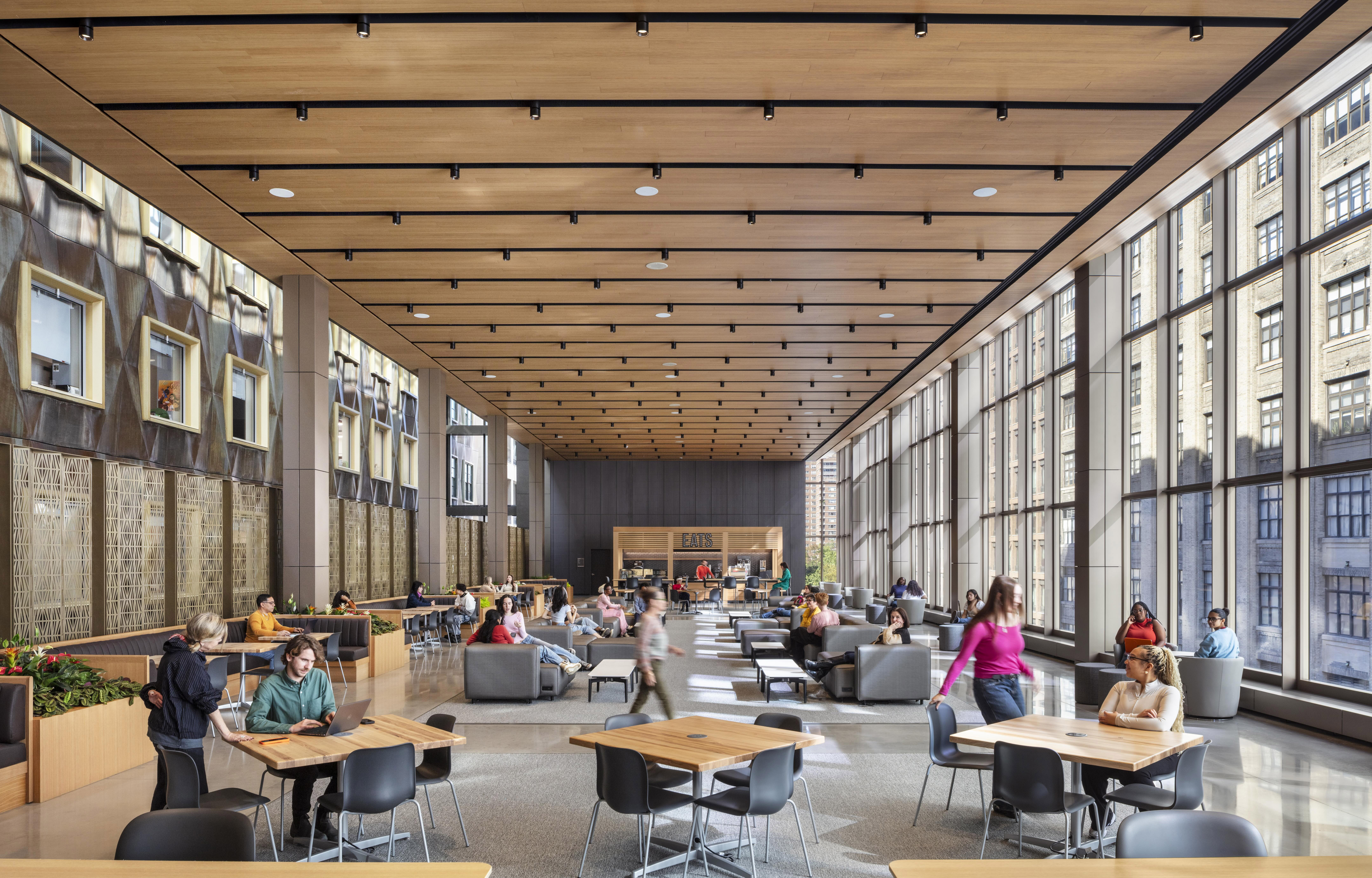News:
Construction Design & Engineering
Posted: August 12, 2013
The "real" e-state - the fuel that drives the NYC local economic engine
The upcoming mayoral election promises to be one of the most critical in recent memory for the N.Y.C real estate community.
Undeniably the real estate community is the fuel that drives the N.Y.C local economic engine. Far more expansive than the segregated markets of finance, fashion and tourism, the real estate market transcends and cuts across each market place serving both the personal (residential) and business (commercial) needs of its persons and companies. While developers serve the upper echelon through commercial and residential property management and sales markets the construction industry is the chief architect of the city's middle class and its minority melting pot base through the building of these structures.
The political command the industry should have is lost and diluted by the lack of unity and focus of its individual players. The fragmentation of the industry's developers into sectors who are speculative, corporate development firms, and real estate family icons, is a missed opportunity to determine a unified beneficial path of N.Y.C's economic and political future.
This problem is further amplified by the construction markets segregation into union and non-union markets. Obviously there must be a balance or a level by which both markets can survive in their own segments determined by the complexity, diversity and/or sheer size of projects. Union work can be much more supported by larger projects such as the World Trade Center, Hudson Yards, Atlantic Yards, Hunts Point Development, The Roosevelt Island Technology Center, etc. These are the places where unions can utilize their immense financial power to provide financing appropriate to support and subsidize to a profit these projects and support their union brethren.
The non-union sector can be supported by the residential projects of smaller size and possibly location and serve as a breeding ground for the upgrading of the mobile emigrant population as it has been for over 100 years.
The government need not provide regulation requirements for union work based upon government subsidy and tax benefits for projects but rather allow the market place to determine the course based upon financial feasibility and products (financing) that can make the appropriate construction sector saleable to the developer.
The infrastructure and "heavy" industry (as fueled from direct government contracts) will always remain a union bastone and is where government money can do the most good to promote such an environment. The tax and incentive tools should be used to fuel development for the financially challenged, but in a private development arena, such as achieved by 80/20 housing etc.
In either case the challenge to the contracting industry is the provision of an experienced work force in both the union and non-union sectors and our industry would be better served (both union and non union) through recruitment, training and a career ladder programs that mirrors the craftsmen model of Europe and also engaging education as a full partner.
With all this being said when one surveys the field of potential mayoral candidates it should concern our industry that there appears to be only a few alternatives to champion the full benefit and boom given to our local economy in regard to development policy such as done by Koch, Gulliani, and the Bloomberg administrations.
One cannot argue with the successes of these past policies as the globalization of N.Y.C has kept it insulated from the horrors of full recession as experienced in other parts of the United States.
It is hard to argue that these programs have been completely "free market" since the development policies we have experienced over the last 30-years in N.Y.C are held in check from both a development and construction perspective with a mass of regulatory strangleholds on size, context and, appropriateness of projects based upon neighborhood determination and continuity.
To this end it is important all of our industry unite in regard to the next election and secure a candidate to promote the viability of our business.
Who in our industry will emerge on the "great unifier" to transcend petty political divisions to promote the greater good? Who knows but it must happen soon.
Jane Webster is vice president of compliance and Matt Caruso is executive vice president of operations for Domani Consulting, Valley Stream, N.Y.
MORE FROM Construction Design & Engineering
Troutbrook expands with boutique condo project and Marriott Fairfield Inn & Suites renovation
Brooklyn, NY For more than 25 years, Troutbrook/Freud Development has remained focused on executing design-driven projects across the city. Its latest ventures reflect both a continued push into boutique residential development and an expansion

Quick Hits







.gif)
.jpg)
.gif)
.gif)